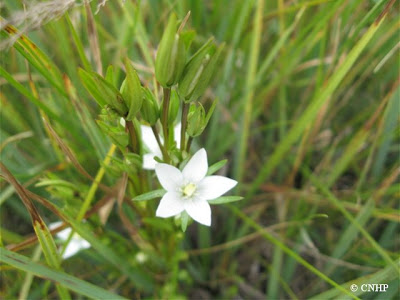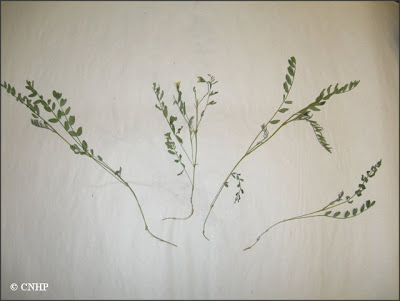CNHP’s wetland ecology team recently finished identifying the last of the unknown plants sampled from wetland surveys we conducted last summer in the North Platte River Basin. Now we have a mini-wetland herbarium right in the office, comprised of the 1,230 plant specimens and photos we collected from 95 randomly located sites throughout the basin. Sample locations ranged in elevation from 7,700 ft to well over 11,000 ft and included riparian shrublands, wet meadow, marshes and fens. Our final species list included a total of 536 distinct plant species. And that doesn’t even compare to the final plant list – between all the plots, our team identified a total of 4,296 plants this summer in the North Platte River Basin alone!
Many of the plant specimens were sampled early in the growing season before they had flowering and fruiting parts. But once we discovered the trick to identifying a plant from the leaf-only sample, we often unlocked the key to identifying many more sampled plants. One exception, unfortunately, was with the grasses, where admittedly some attempts to ID the inflorescence-free plants were, in fact, fruitless. [rim-shot]
Here are a few of the uncommon and rare plants we were excited to identify from the photos and pressed specimens:
 |
|
Lomatogonium rotatum (marsh felwort), a USFS Species of Local Concern.
|
 |
|
Astragalus leptaleus (park milkvetch), a G2S4 ranked plant in the Fabaceae family.
|
 |
|
Carex lasiocarpa (woollyfruit sedge), a G5S1 ranked sedge.
|
 |
|
Thelypodium sagittatum (arrow thelypody), a G4S1 ranked plant in the Brassicaceae family.
|




